In Manila (Philippines), it is not difficult to find familiar Vietnamese dishes such as spring rolls, braised pork or fried banana cake. This familiarity surprises many tourists, and also opens up an interesting perspective on the culinary exchange in the region.
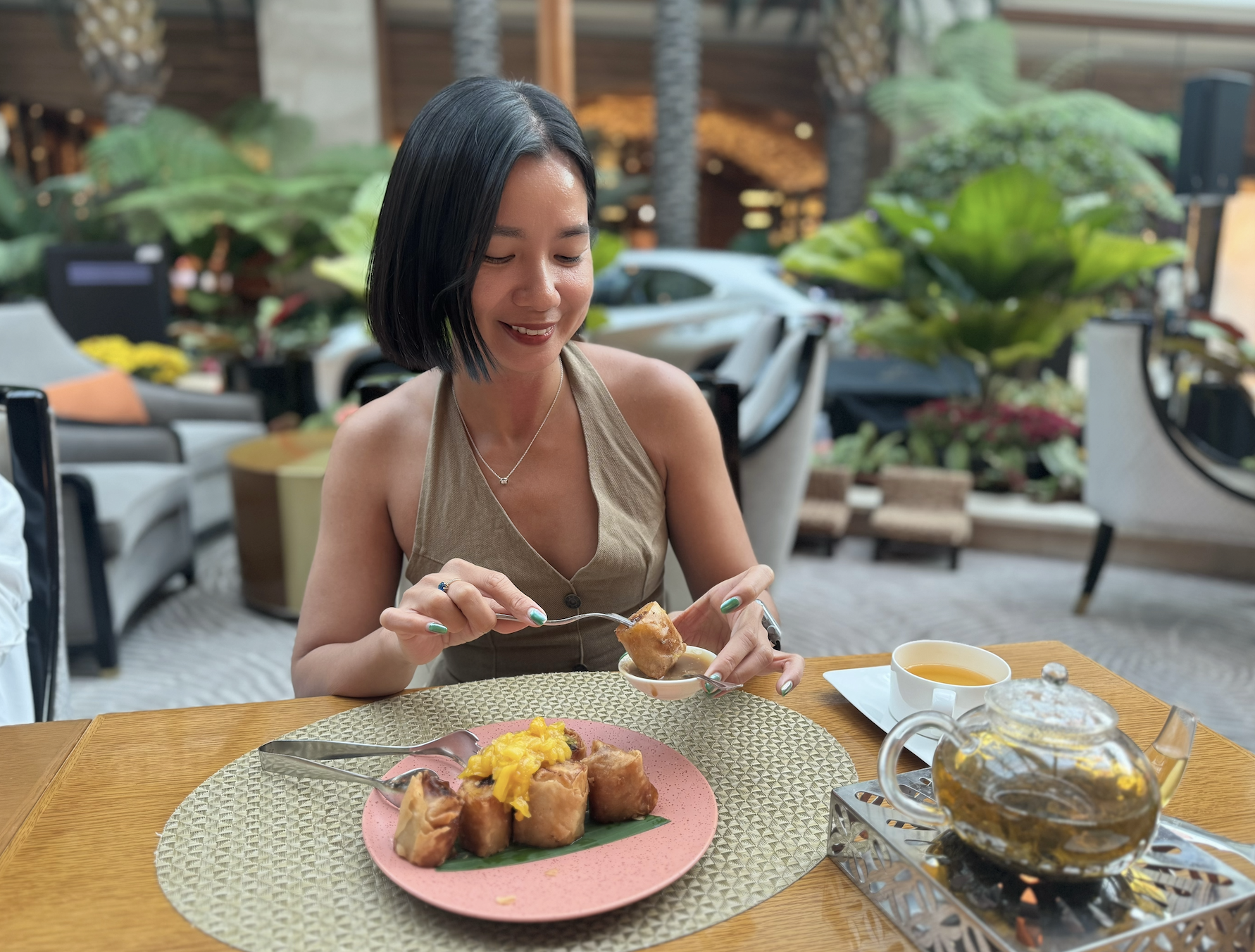
Vietnamese diners excitedly enjoy the premium version of fried bananas in the Philippines
PHOTO: LE NAM
These seemingly familiar dishes are served in the luxurious space of Oasis Garden Restaurant, one of the many luxury restaurants located in Solaire - the most luxurious resort in Manila Bay. This restaurant specializes in introducing traditional Filipino dishes in a modern style, serving both international tourists and local gourmets.
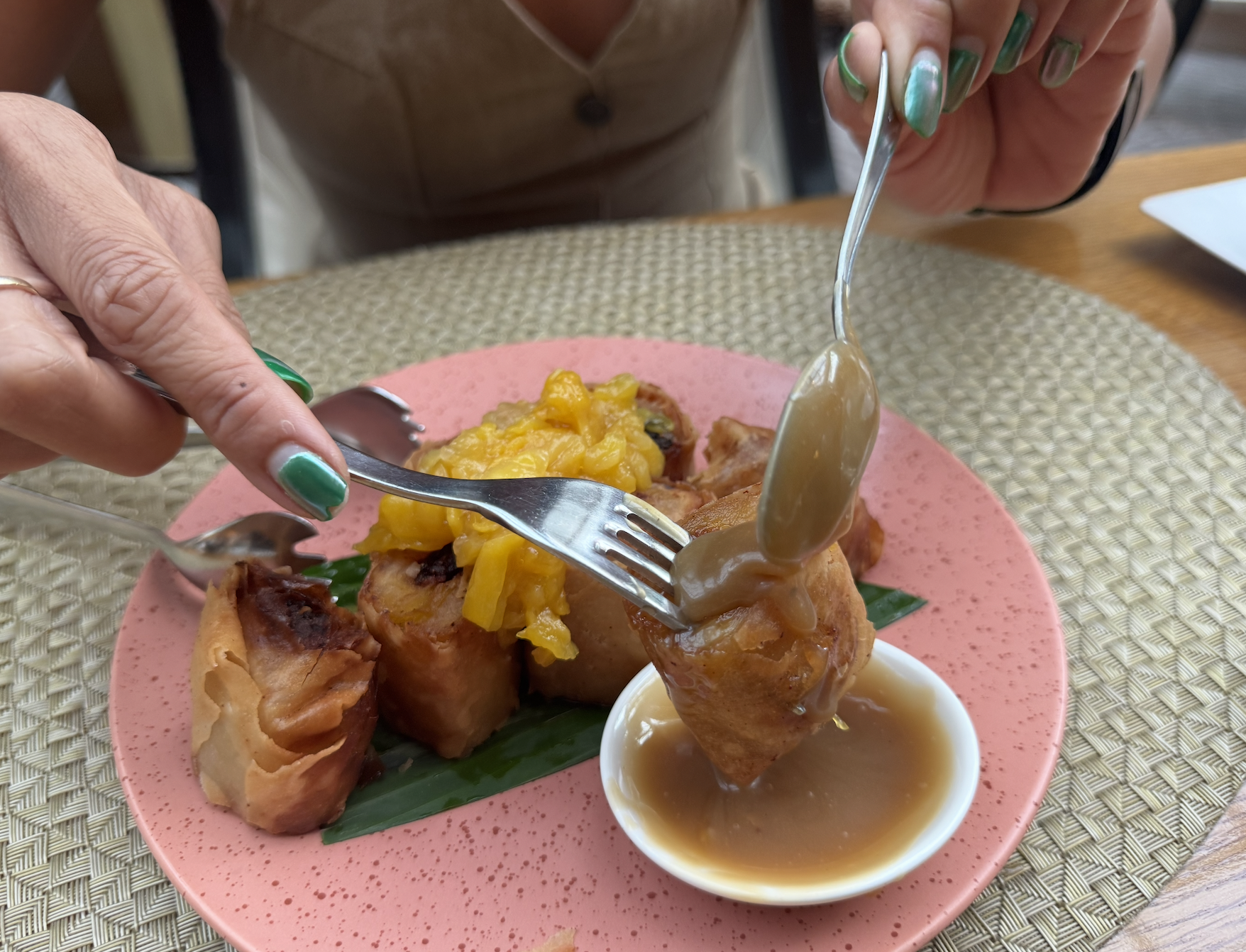
Popular fried banana dish elevated in luxury restaurant
PHOTO: LE NAM
If you ask what dish is present in most Filipino kitchens, the answer is definitely "adobo" (meaning stewed meat/braised meat). The locals call it the "national soul", just like the Vietnamese are proud of pho or bun cha. The simple ingredients include pork belly or chicken, braised with soy sauce, vinegar, garlic, and pepper. The flavor of this dish is rich, salty and slightly sour, different from Vietnamese braised pork which is usually sweet and fatty thanks to coconut milk.
In the restaurant space, this braised pork dish is beautifully presented on a porcelain plate, accompanied by potatoes, eggs and a few slices of pickled cucumber. It is still a familiar dish in every Filipino family, but the way it is served has been upgraded, making visitors both surprised and curious.
A Vietnamese diner commented: "Eating adobo reminds me of my mother's braised pork pot on Tet holiday, but it feels strange because the vinegar taste is very different."
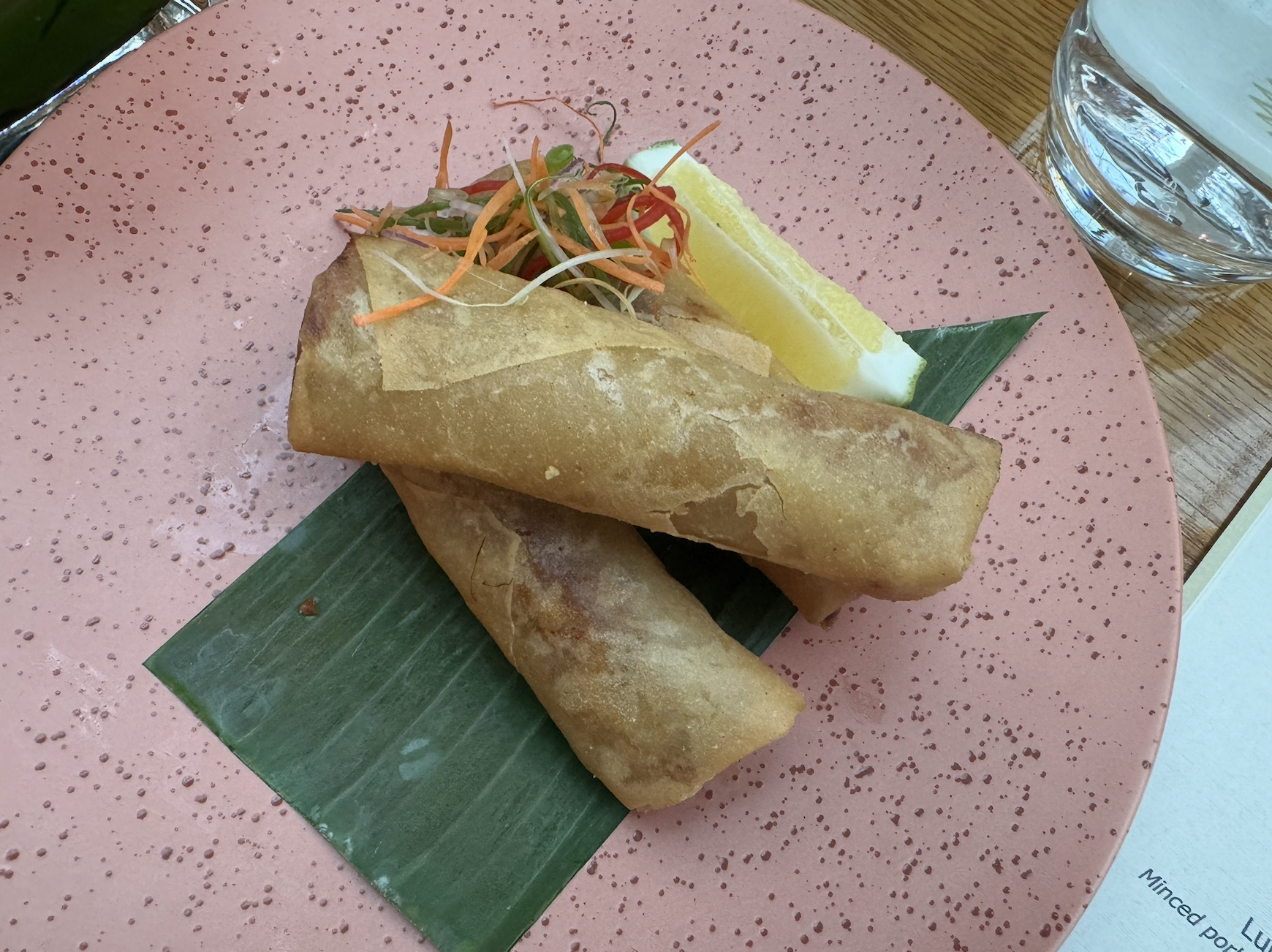
Many meals in Manila include spring rolls as an appetizer.
PHOTO: LE NAM
One of the popular appetizers is "Lumpiang Shanghai" - spring rolls filled with minced pork, carrots, onions, celery, and fried rice paper rolls. This dish is prepared quite similarly to Vietnamese spring rolls. When served in restaurants, spring rolls are often accompanied by a sweet and sour dipping sauce, similar to the fish sauce used by Vietnamese people.
Despite the different names, the experience feels like a home-cooked meal. The only difference is the smaller size and less vegetable filling, making it a light appetizer option.
Along with braised pork and spring rolls, fried banana (Banana Turon) is another "national" dish. In Manila, it is not difficult to find street vendors selling fried banana, with Saba bananas cut lengthwise, rolled in thin rice paper and fried until crispy. The sweet taste and crispy skin make this dish a childhood memory for many locals.
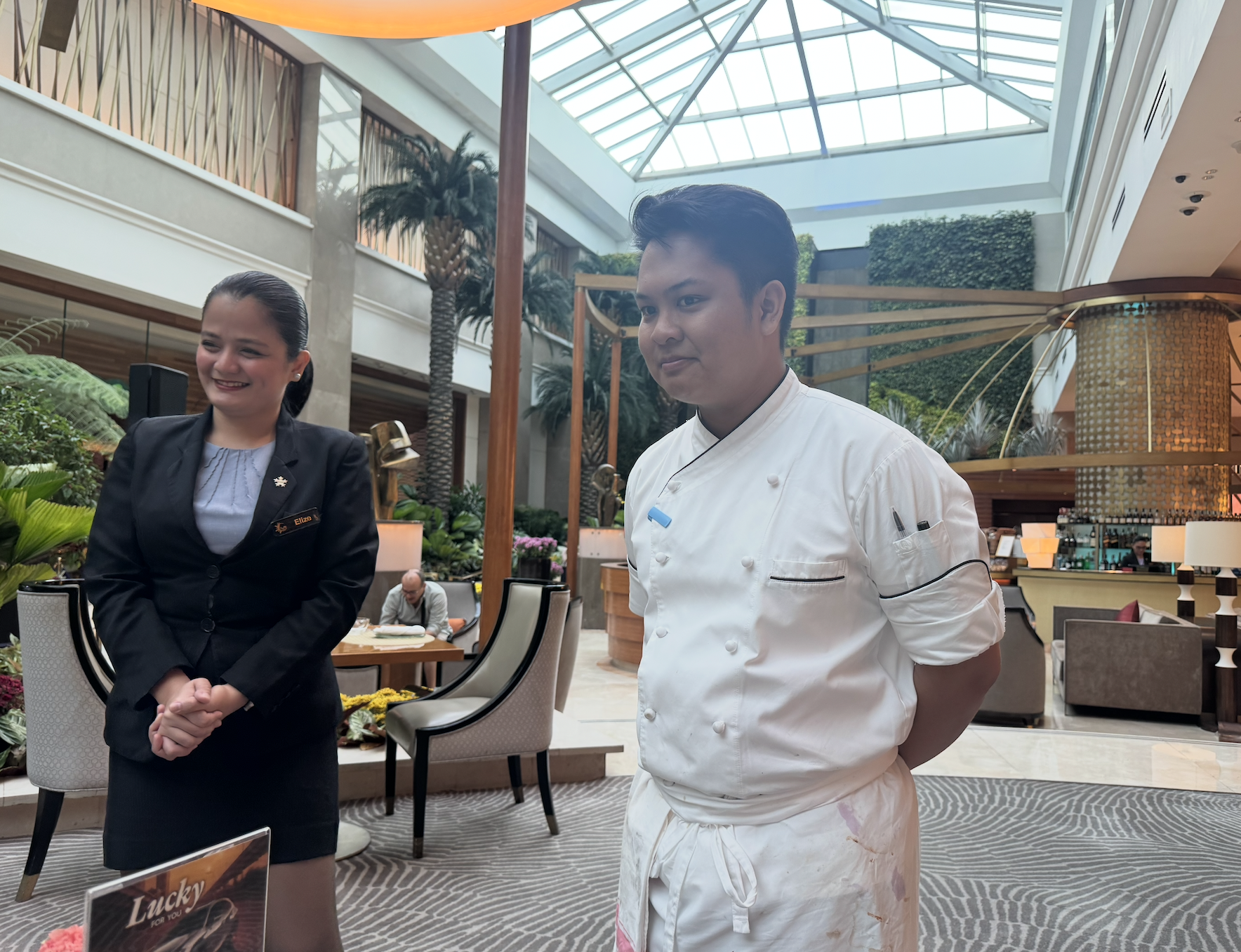
Chef James Santos of Oasis Garden Café explains the story of fried bananas
PHOTO: LE NAM
"Fried bananas are a street food associated with Filipino childhoods. We wanted to keep the rustic essence but add sweet jackfruit and a rich peanut sauce to turn it into a sophisticated dessert in a luxurious space," explains the restaurant's head chef, James Santos.
Surprisingly, Vietnamese tourists can easily find similarities. The dish "Adobo" reminds people of braised pork; the dessert reminds many people of hot fried bananas found on the streets of Vietnam. Both cuisines share familiar ingredients: rice, pork, bananas, coconut, tropical vegetables...
The menu in Manila has many other typical dishes: Lumpiang Shanghai (crispy fried minced pork spring rolls), Tinolang Manok (chicken stew with green papaya and basil), Pork Sisig (stir-fried pork with egg and sauce)...
James Santos - head chef of Oasis Garden expressed his gratitude to Vietnamese diners: "We want to keep the soul of Filipino cuisine, but at the same time bring new experiences to visitors. Very familiar dishes such as braised pork or fried bananas when prepared and presented in a 'fine dining' style will make diners feel both familiar and surprised."
In addition, on the dining table, the culinary story is also mentioned about Vietnamese pho in the country of thousands of islands. The Philippines has Batchoy (a noodle soup with pork, intestines, and eggs) which is quite similar to porridge/noodles in Vietnam. Therefore, sometimes when Filipinos look at pho, they think of "Batchoy", so some people jokingly translate it as "porridge". In fact, Filipinos still know "pho" (pho) of Vietnam, especially in big cities like Manila or Cebu, where there are many Vietnamese pho restaurants.
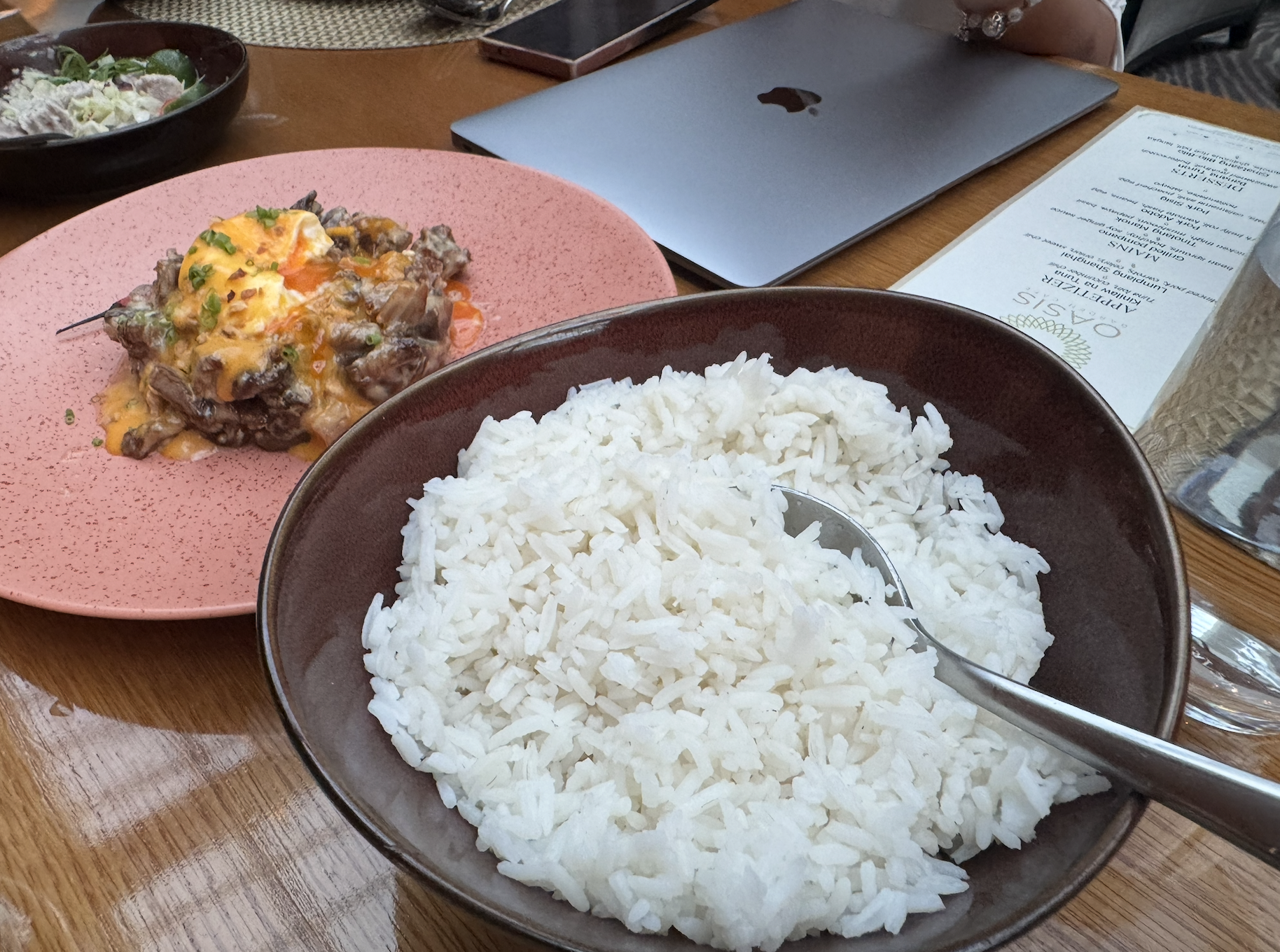
Filipinos also have the habit of eating white rice every day.
PHOTO: LE NAM
Like the Vietnamese, Filipinos also have the habit of eating white rice every day. On the family dinner table, we often see the presence of stir-fried dishes with rich spices to eat with white rice. Compared to Vietnamese taste, Filipino dishes are sometimes saltier, emphasizing the strong sour and salty taste, but this difference makes the experience interesting.
A Vietnamese tourist shared: "I was surprised to see that Filipinos eat as much rice as Vietnamese people, and spring rolls, braised pork or stir-fried pork are all very suitable to eat with hot rice. It's just that sometimes they are a bit salty compared to my usual taste."
Source: https://thanhnien.vn/mon-banh-chuoi-chien-thit-kho-tau-trong-nha-hang-sang-trong-o-philippines-185250930141953224.htm


![[Photo] Hanoi morning of October 1: Prolonged flooding, people wade to work](https://vphoto.vietnam.vn/thumb/1200x675/vietnam/resource/IMAGE/2025/10/1/189be28938e3493fa26b2938efa2059e)


![[Photo] Keep your warehouse safe in all situations](https://vphoto.vietnam.vn/thumb/1200x675/vietnam/resource/IMAGE/2025/10/1/3eb4eceafe68497989865e7faa4e4d0e)

![[Photo] President of the Cuban National Assembly visits President Ho Chi Minh's Mausoleum](https://vphoto.vietnam.vn/thumb/1200x675/vietnam/resource/IMAGE/2025/10/1/39f1142310fc4dae9e3de4fcc9ac2ed0)



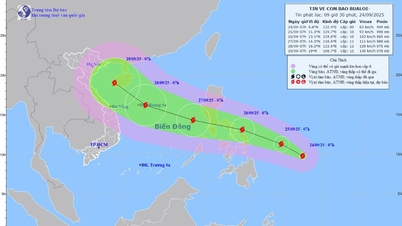



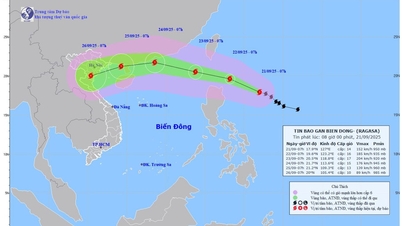









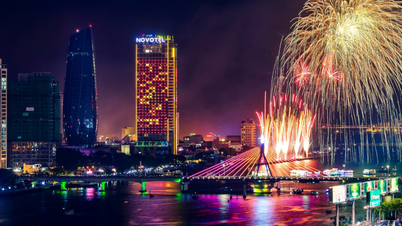




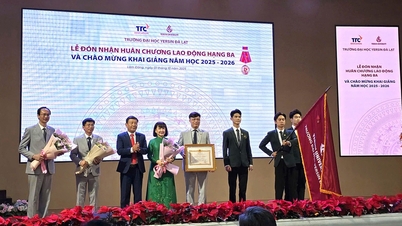
















































![[Infographics] An Giang Agriculture 2020-2025: Stable growth, quality transformation](https://vphoto.vietnam.vn/thumb/402x226/vietnam/resource/IMAGE/2025/10/1/bf3a77ba3a0243a697e5253ed4cd6f9c)

















Comment (0)